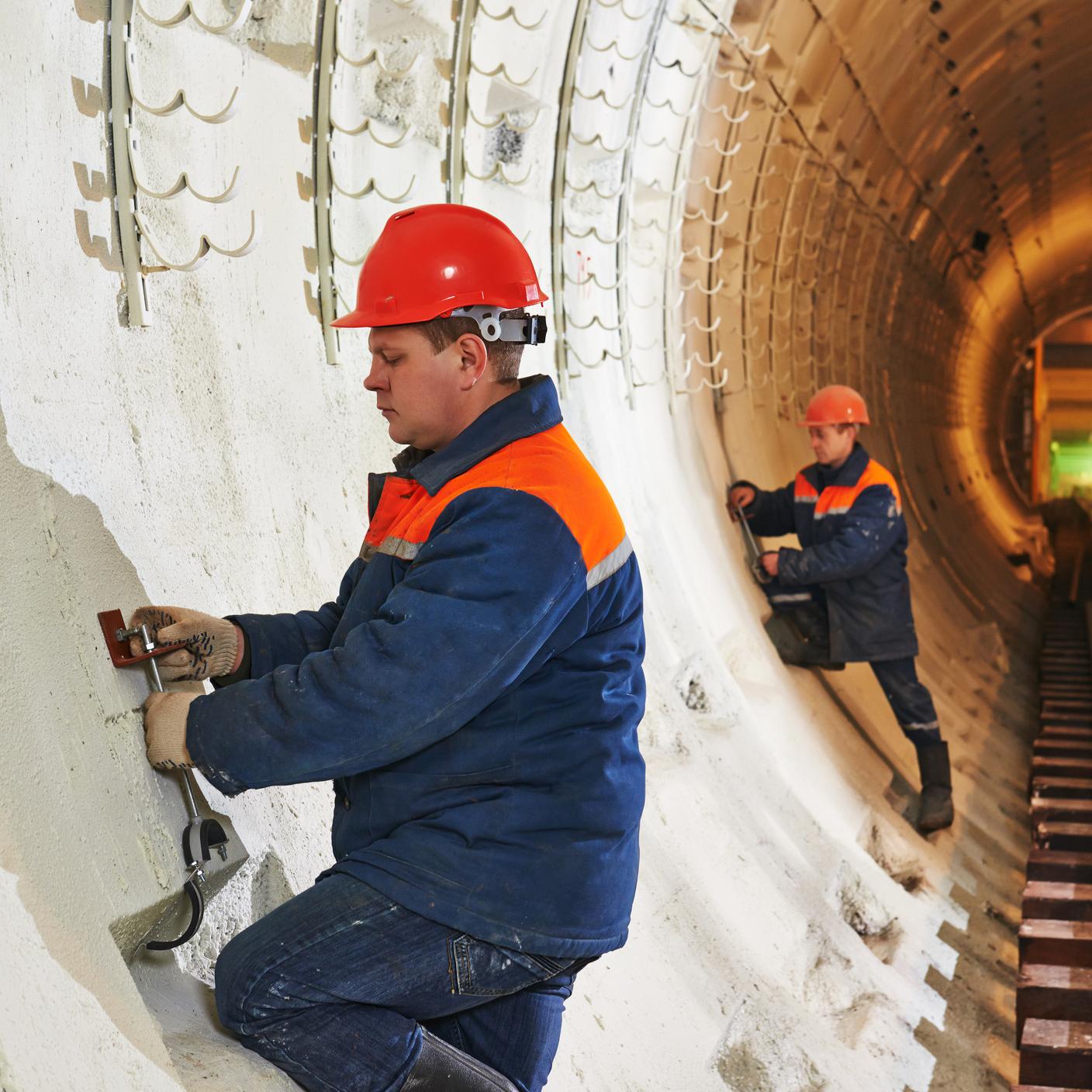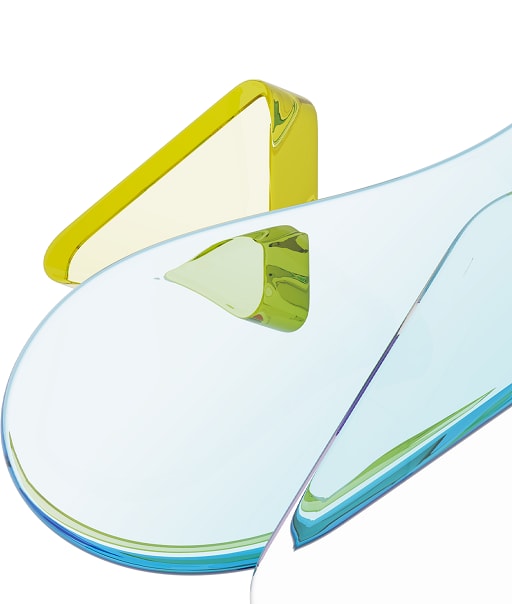Correct and proper installation of fire system equipment is vital to it's function and the safety of the people that is designed to protect. Our system installer certification enables diligent companies to demonstrate their competence to effectively implement the critically important role that they play.
Our full range of testing and certification services enable manufactures to demonstrate to the market that they have met or exceeded the highest standards. We offer third party independent certification of your services through our accredited Kitemark programme which will also provide BAFE registration. Our fire system installation portfolio includes fire alarm, suppression and emergency lighting.



